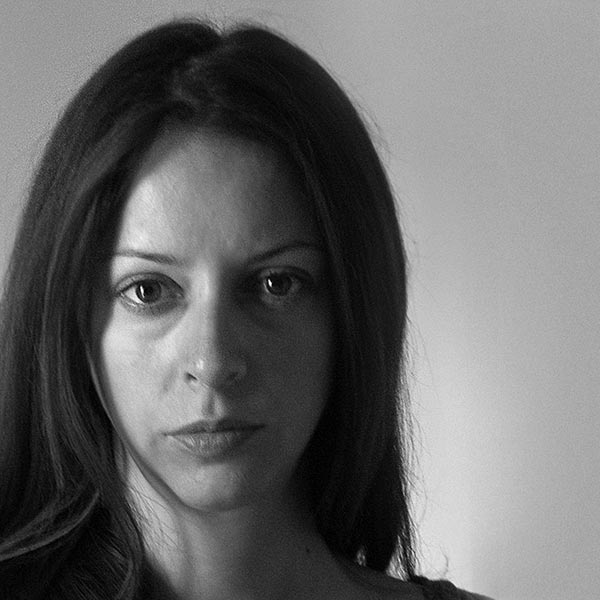Aris Chatzistefanou follows in Kazantzakis’ footsteps on two trips he made to Japan, before and after World War II. The camera “comments” on the image of modern Japan and the whole world, adding snapshots from anime, video games, and japanese manga.
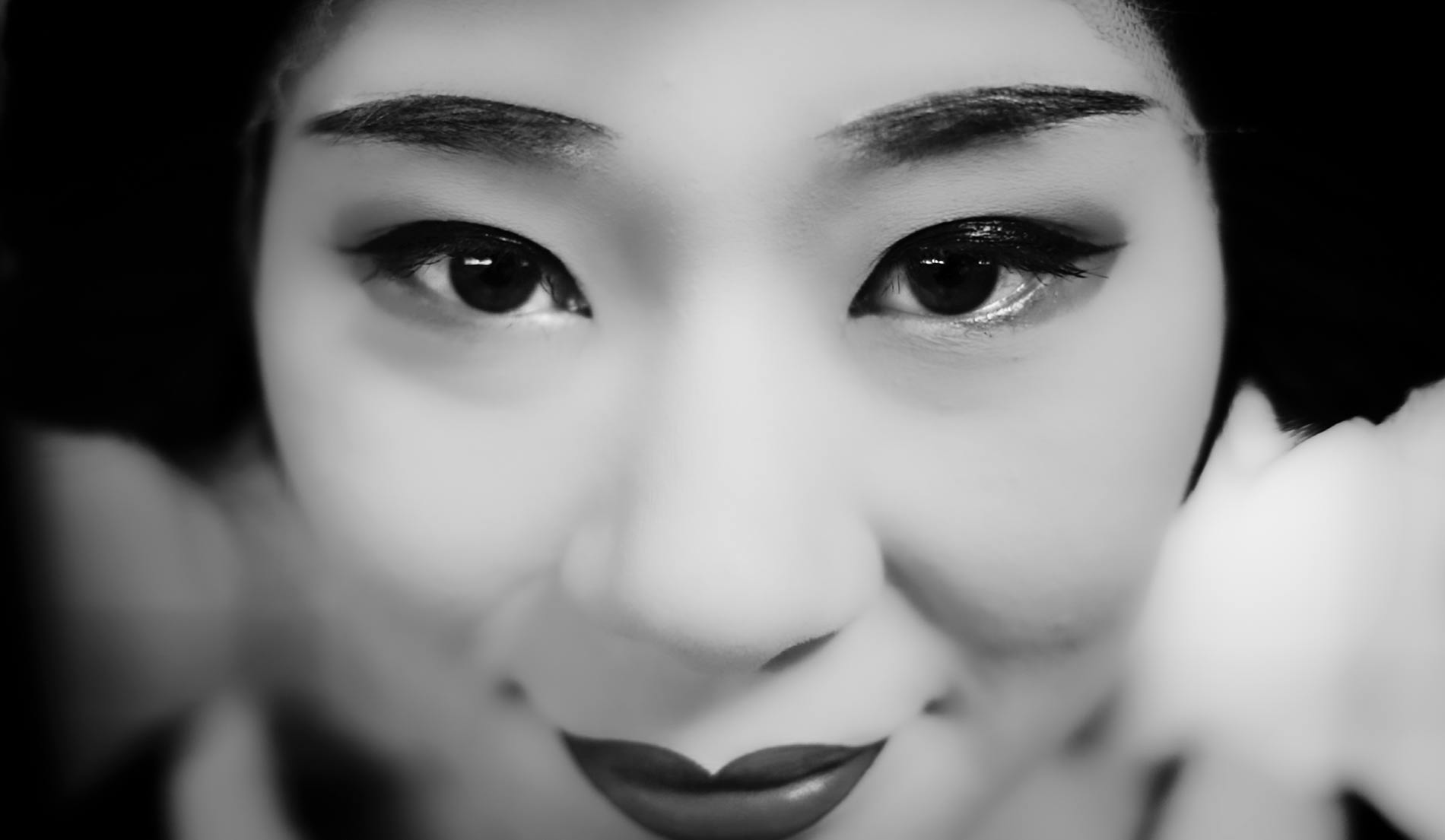
Traveling is like wine
you drink and you can't imagine what visions will come to your mind
The old porters leave their carts and ride on Uber bikes while today’s sex workers stand on the same red light districts that once inspired Fritz Lang in “Metropolis”. World powers clash for domination in East Asia on the backdrop of a pandemic, which in 1957 claimed the life of Nikos Kazantzakis.
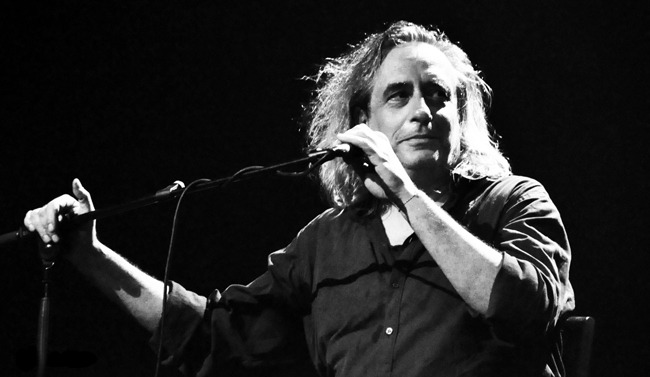
Giannis Aggelakas
Naration
Olia Lazaridou
Narration“The work sheds light on a formative period in the life and philosophical evolution of Kazantzakis, whose signature works – such as “Zorba the Greek” and “The Last Temptation of Christ” – still lay before him. However, it was Kazantzakis’ incisive readings of the geopolitical landscape and his harsh critiques of capitalism, that gripped the director”.
VARIETY
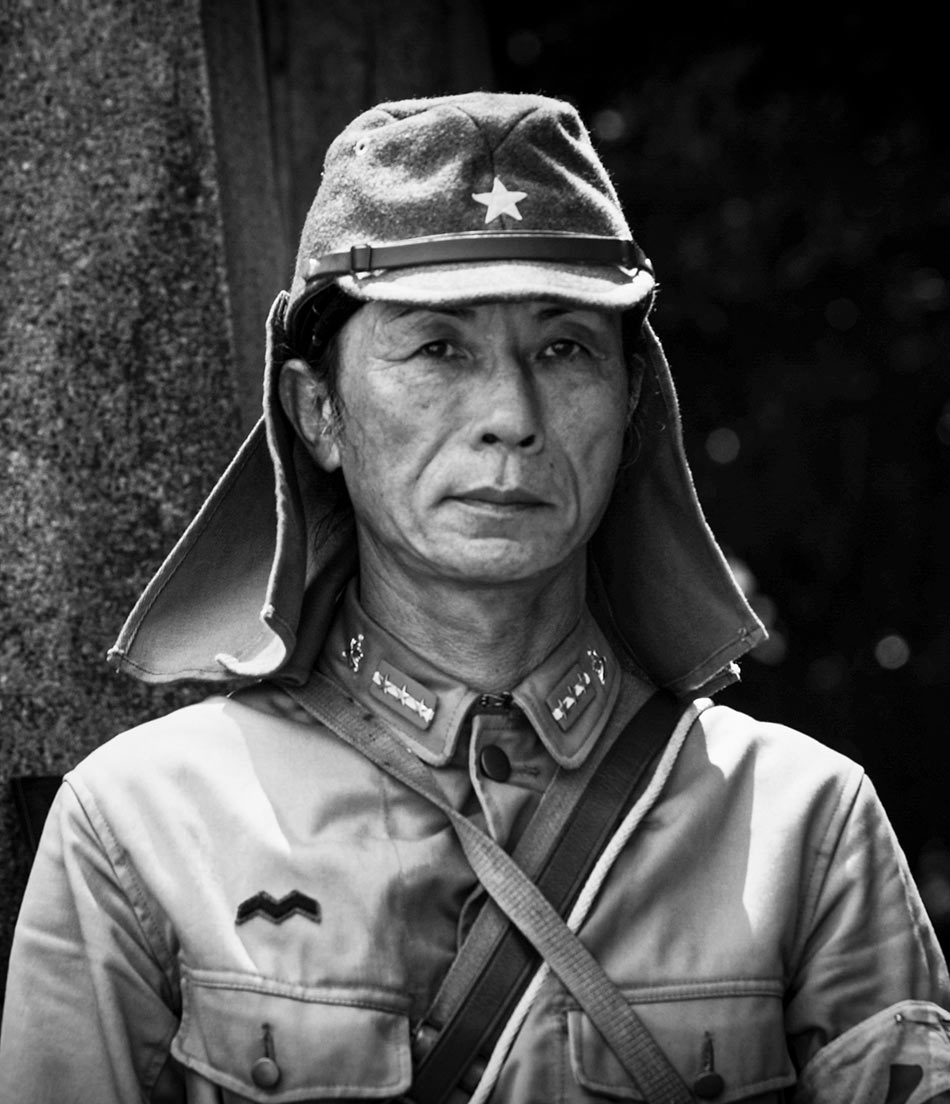
And if Europe and America do not want that? And if it is not to their interest to liberate Asia? Then? War? The girl fell silent. She lifted her head quietly and said: “War.”. |
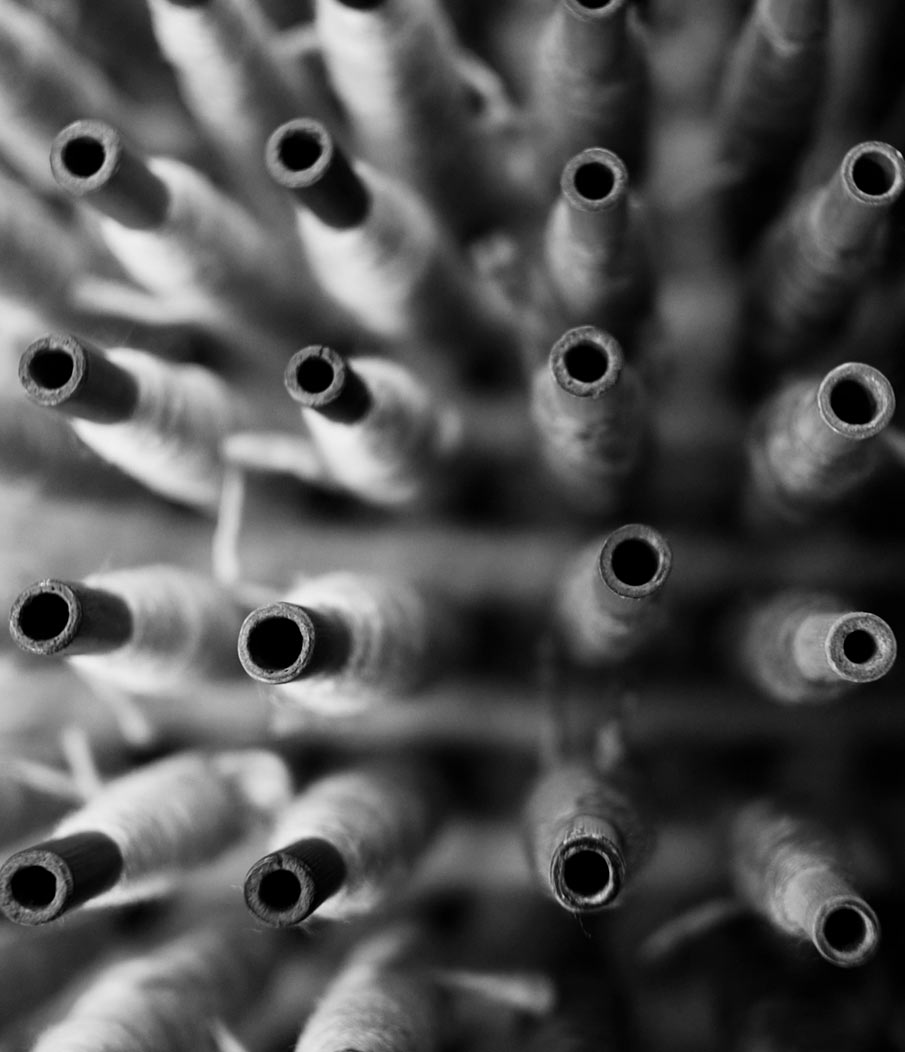
I shuddered.The whole factory seemed to me to be awash with blood.. |
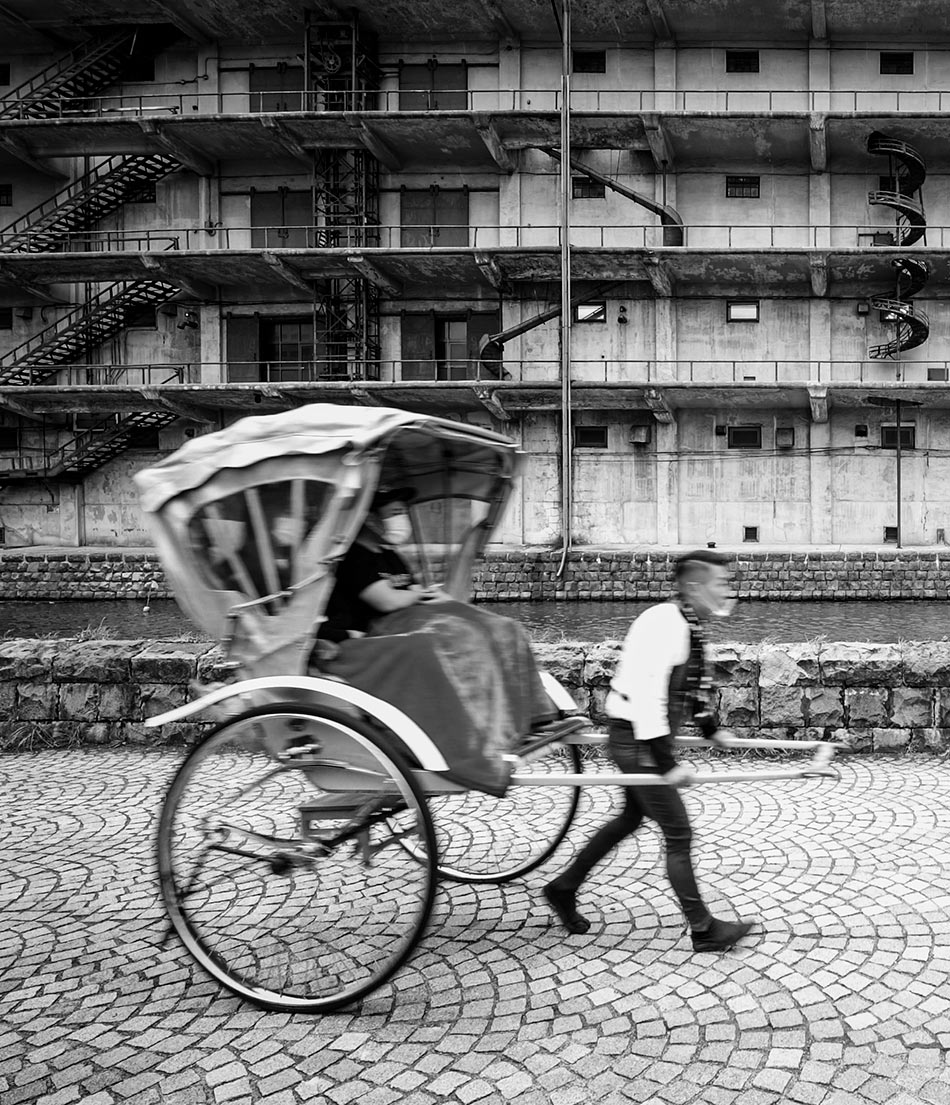
Heavy work, that degrades a man – both the one doing the dragging and the one being dragged. |
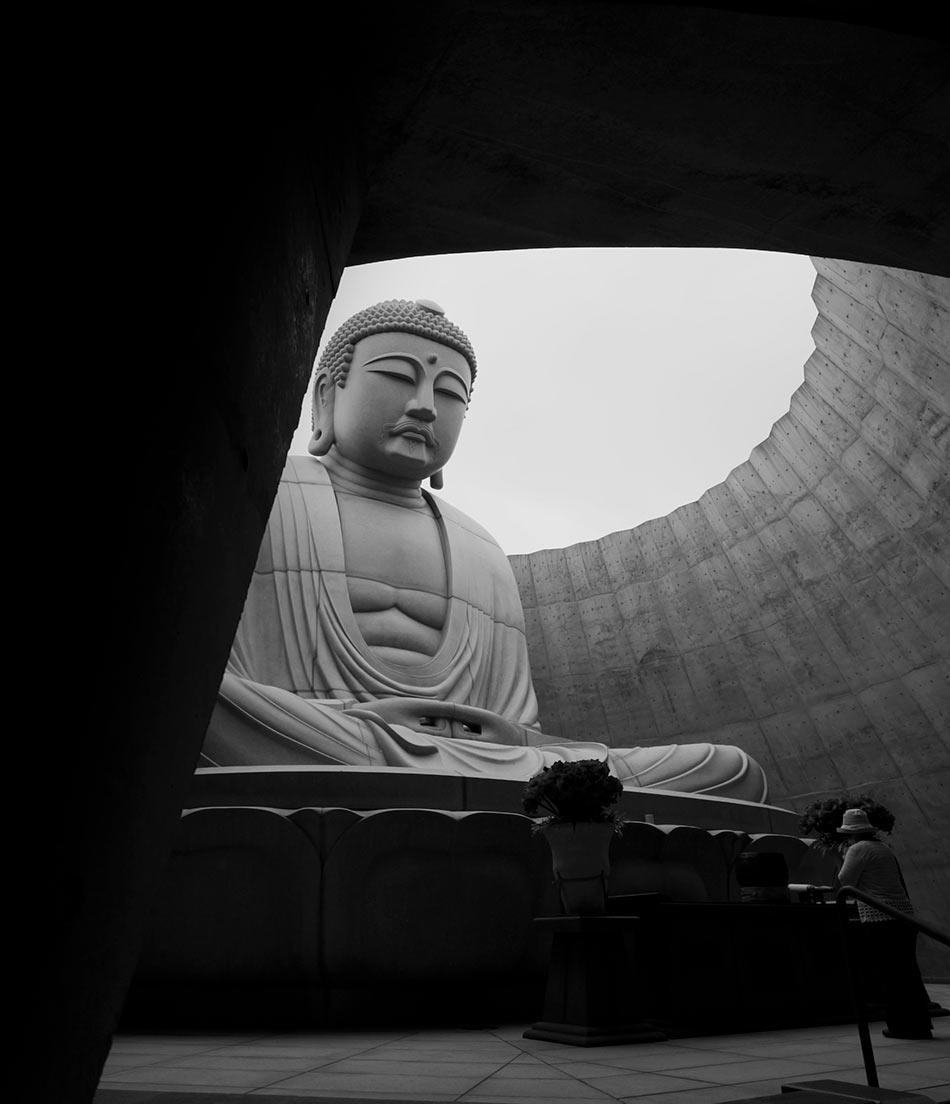
Buddha stands above them; he gazes at his priests and smiles. He knows that everything is an illusion, a mirage of the senses |

In a well-lit window display, long like a bier, are pictures of the women of the house |
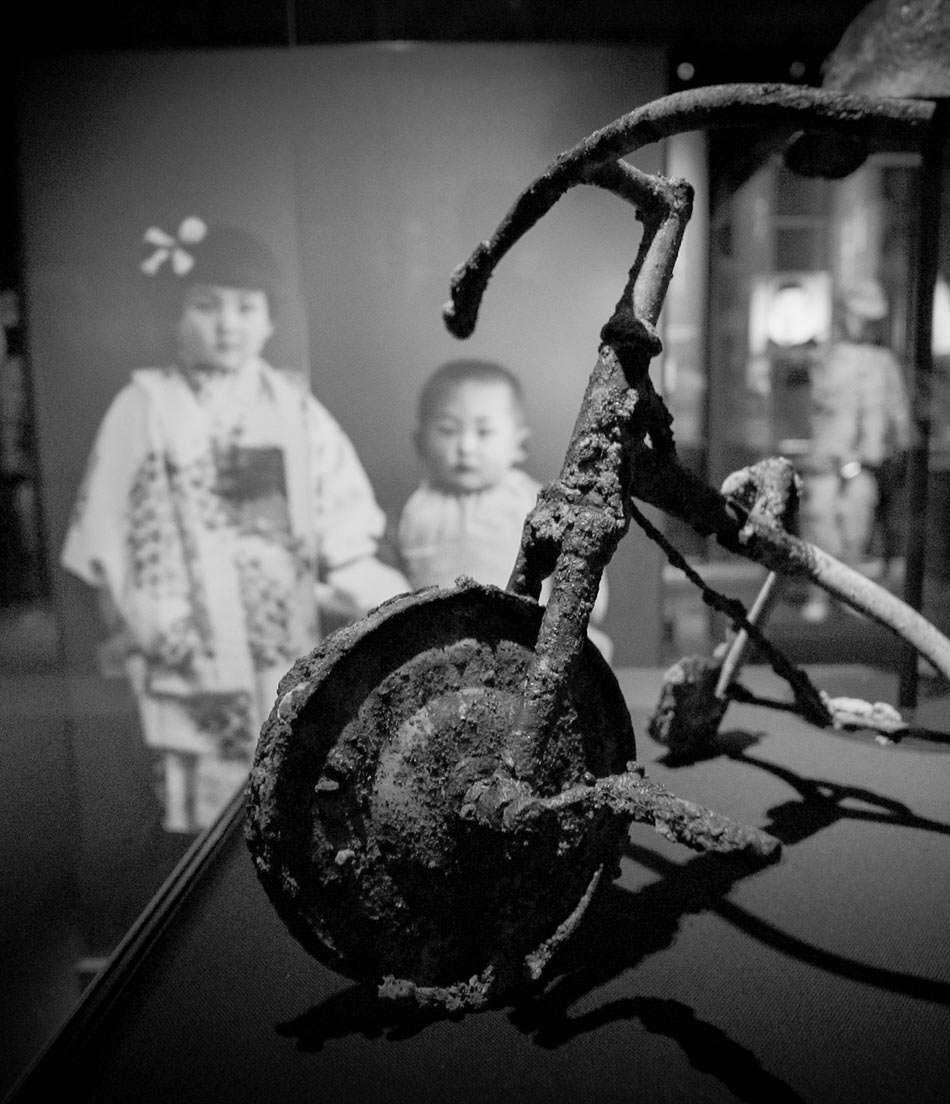
How many countries have dreamed of democracy, spilling blood with America and not against America? |
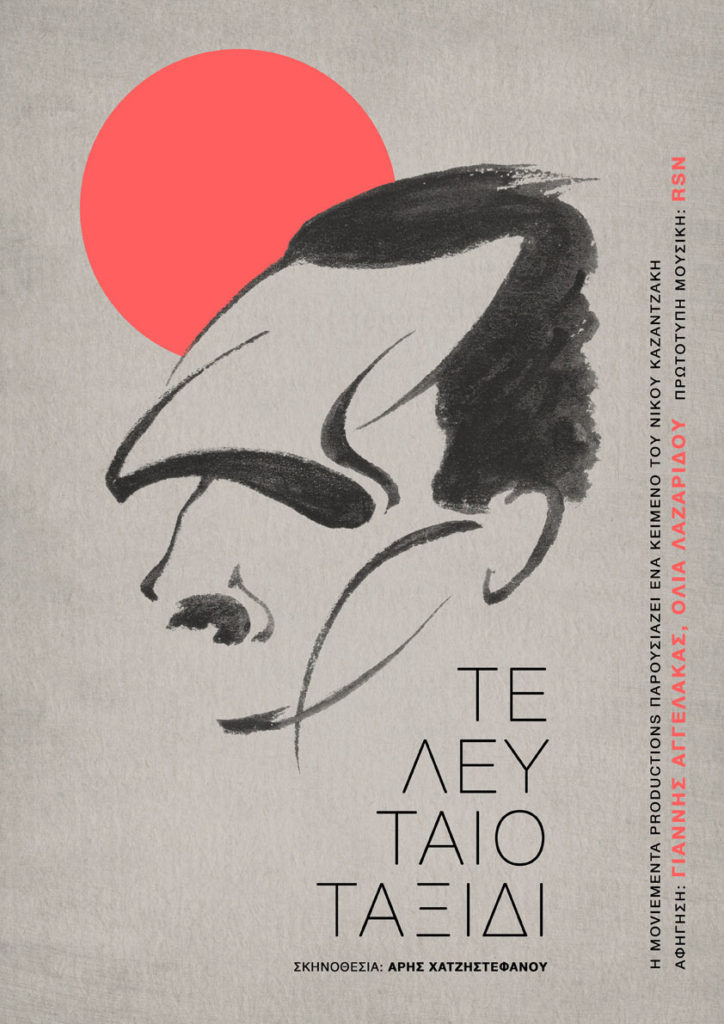
Poster design: Louiza Karageorgiou
A documentary about the Kazantzakis of the 1930s is by itself a ticking bomb, which nobody wants to have blow up in his hands. How do you present a man that then declared to be “charmed by the face of Franco” and noted that “Mussolini is perhaps much greater than we have been accustomed to thinking up to now”? Yet the same man who would write that four were the deciding steps in his assent: “Jesus, Buddha, Lenin, Ulysses”. Perhaps the best way is to let him recount his story . To be “exposed” politically, but also to expose his literary genius.
This documentary, based on his book “Travels: Japan, China”, is poised on that exact thin line between myth and reporting. For about a year we followed Kazantzakis’ footsteps on his two big trips to Japan, in 1935 and in 1957. We documented the monuments he visited and which have remained unchanged in time and war, but also the cities and neighborhoods that changed impressively. We imagined him heading towards the brothels of Yoshiwara district, sat not on a “ricksha” but an Uber. We saw him predict the shift of the international geopolitical chessboard towards East Asia, but also hush about the rise of fascism soaring in front of his eyes. Abandon Buddhism for Epaphus (god of touch), but never finding materialism.
Or, as the Greek poet Kostas Varnalis wrote about him: “even if his work is mostly negative, it has two great virtues, that save it from any ruin: freedom of conscience and pride of freedom”
Aris Chatzistefanou
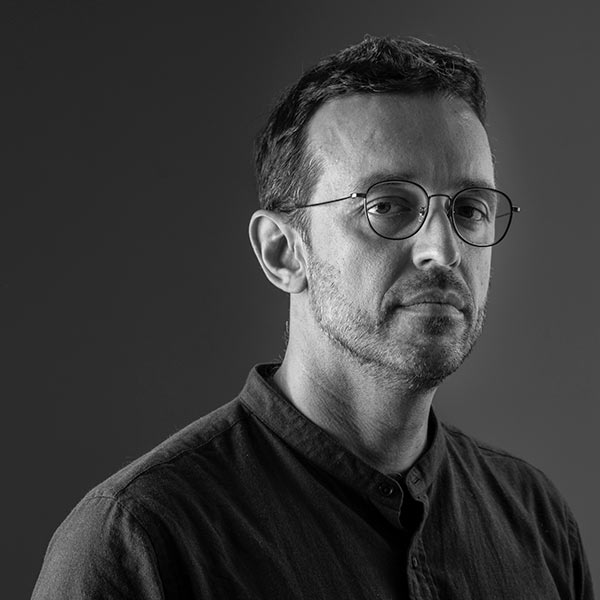
ΑΡΗΣ ΧΑΤΖΗΣΤΕΦΑΝΟΥ
Σκηνοθεσία
Αρης Τριανταφυλλου
Μοντάζ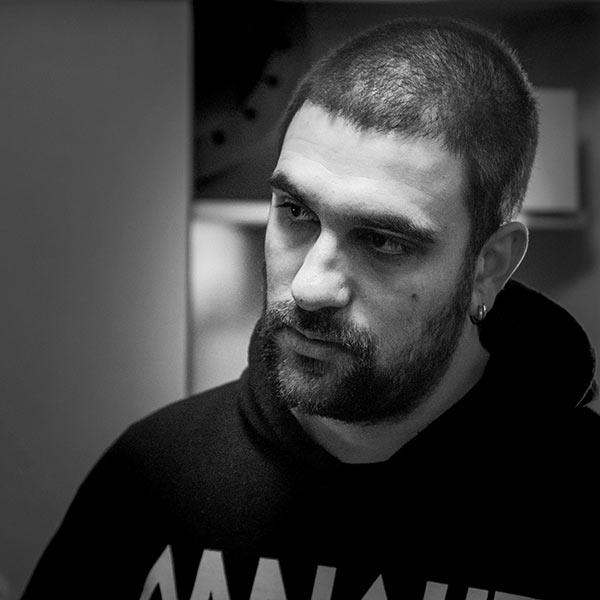
Rsn
Original music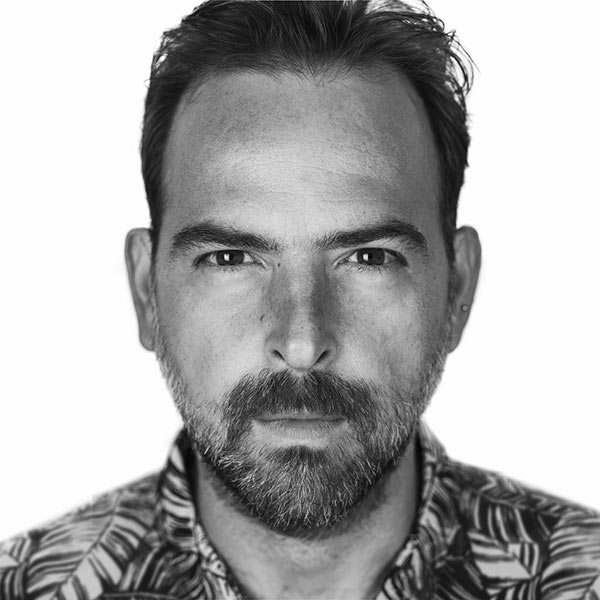
θανος τσαντας
Post Production